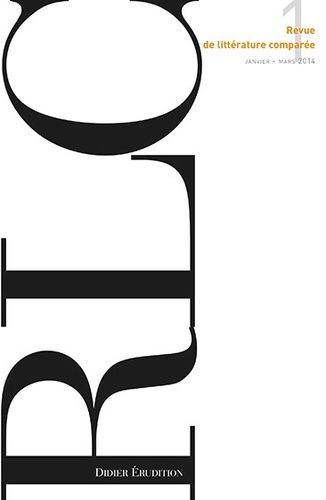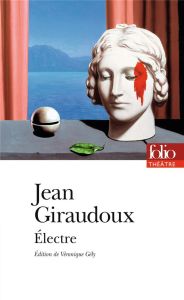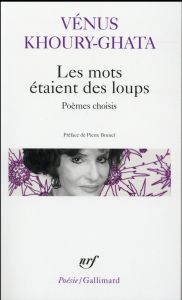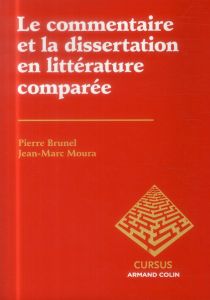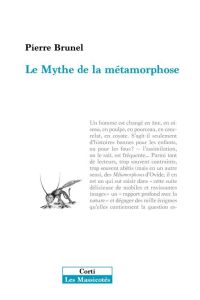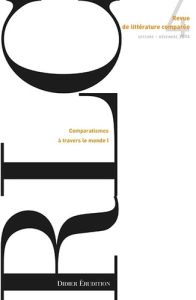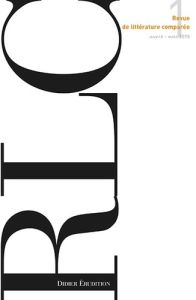Revue de littérature comparée N° 349, 1/2014
François Genton, La Prusse de Stendhal Milanais de coeur depuis l'émerveillement que représenta l'expérience d'une Italie "libérée" par Bonaparte, "Arrigo Beyle" a bien connu le monde germanique dans lequel il a vécu un peu plus de deux ans. Malgré son pseudonyme germanique et les nombreuses références à des artistes et penseurs allemands, sa vision de l'Allemagne reste assez convenue. Lecteur et collaborateur de La Revue des deux Mondes, dans laquelle Quinet et Heine mettent en garde contre la Prusse et le nationalisme allemand, Stendhal a tenté d'actualiser sa vision de l'Allemagne après 1830. François Genton, Stendhal's Prussia "Arrigo Beyle", an adopted Milanese after his participation in Bonaparte's "liberation" of Italy, was well acquainted with the culture of Germany, where he lived for a little over two years. And yet despite this Germanic pseudonym and his frequent references to German artists and thinkers, Beyle's view of the German speaking countries remained conventional. It was not until after the 1830s, as a reader and contributor to the Revue de deux mondes, where Heine and Quinet warned against Prussian nationalism, that Stendhal's views began to evolve. Marie-Agathe TILLIETTE, L'Etranger dans Quentin Durward et L'Homme qui rit : l'autre comme miroir de soi Les regards de Walter Scott et de Victor Hugo se croisent dans Quentin Durward et L'Homme qui rit : le premier roman se déroule en France, sous Louis XI, et le second en Grande-Bretagne, sous Jacques II et sous Anne. Ce choix commun d'aborder l'histoire d'un pays étranger permet aux deux auteurs de réfléchir en profondeur à la notion d'appartenance à une nation et à l'identité des protagonistes mis en scène. De plus, si Scott et Hugo ne portent pas le même regard sur l'étranger et sur l'idée d'universel, leurs peintures se rejoignent de manière intéressante dans l'exhibition d'une même réalité, la violence, peut-être caractéristique d'une certaine vision de l'étranger. Marie-Agathe TILLIETTE, The Outsider in Quentin Durward and L'Homme qui rit : the Other as Mirror of the Self Walter Scott and Victor Hugo exchange their national focalisation in Quentin Durward and L'Homme qui rit : the former takes place in France, under Louis XI, and the latter in Britain, under James II and under Anne. This decision to tackle the history of a foreign country enables the two writers to think deeply on the construction of national identity. Moreover, Scott and Hugo don't cast the same glance on the foreign and on the idea of universality, but their depictions coincide in an interesting way by both highlighting a reality, violence, which seems to become the distinctive feature of a certain point of view on what is foreign. Frédérik Detue, Le fantasme antidémocratique de l'art total, de Wagner à Mallarmé Cet article vise à réévaluer la position du poète Mallarmé face au défi représenté par l'oeuvre d'art totale wagnérienne. En se mesurant à celle-ci, Mallarmé reste pris dans les rets d'un projet antidémocratique, malgré sa critique. A cet égard, il apparaît que sa conception du Livre-cathédrale se conjugue avec une autre vision de l'Art achevé au xixe siècle : l'architecture de verre du Crystal Palace londonien. Or son rêve d'un nouveau centre symbolique de la cité, où s'exercerait idéalement un ministère du poète, a été un fantasme totalitaire au xxe siècle. Frédérik Detue, The undemocratic total work of art, from Wagner to Mallarmé This text aims at reassessing the attitude of the poet Mallarmé in front of the Wagnerian total work of art. Meeting the challenge of the total art, Mallarmé subscribes to an undemocratic project, in spite of his critique. In this regard, it appears that his conception of the Book as a cathedral is combined with another vision of completed art in the nineteenth century : the glass architecture of the Crystal Palace in London. Yet his dream of a new symbolic center of the city, where ideally the poet would exercise a ministry, happens to have been as well a totalitarian fantasy in the twentieth century. Vivien bessières, Stylistique du roman "togé" Cet article propose la notion de roman "togé" comme alternative moderne aux problèmes rencontrés par le roman historique classique de type péplum dans sa représentation du monde antique. Il prend appui sur le "style togé" inventé par Marguerite Yourcenar dans Mémoires d'Hadrien et la manière dont il a été renouvelé par Pascal Quignard dans ses romans latins. Vivien BESSIèRES, Stylistics of the "toga novel" This paper proposes the concept of "toga novel" as a modern alternative to the problems of the classic "peplum" novel in its portrayal of the ancient times. It builds on the "toga style" invented by Marguerite Yourcenar in Memoirs of Hadrian and the way it was renewed by Pascal Quignard in his Latin novels. Vincent PETITJEAN, Un conte d'hiver Cet article vise à explorer la postérité des contes des frères Grimm à partir de l'étude d'une oeuvre romanesque contemporaine non européenne, Winter's Bone écrit par l'auteur américain Daniel Woodrell. Au-delà du roman lui-même, cette postérité des Grimm transparaît dans l'adaptation cinématographique du roman, signée par la cinéaste Debra Granik. Après avoir évoqué l'espace naturel (la forêt), les personnages (notamment en les confrontant au formalisme de Propp), il s'agit d'envisager le roman de Woodrell comme un récit d'initiation en mettant en lumière le régime de la preuve à travers le motif des mains coupées. C'est pourquoi le roman se voit confronté au KHM 31 Das Mädchen ohne Hände "la jeune fille sans mains" . L'étude de ces trois axes se prolonge avec le film de Debra Granik, ce qui permet de réfléchir aux enjeux et aux modalités de l'adaptation cinématographique. Vincent PETITJEAN, A winter's tale The aim of this article is to investigate modern fiction working in the Brothers Grimm (Household Tales) tradition through the study of a contemporary non-European novel "Winter's Bone" by American author Daniel Woodrell. Beyond the novel itself, this same influence is to be found in film-maker Debra Granik's adaptation of the novel. After evoking the world of nature (the forest) and the characters (confronting them in particular with the formalism of Propp), Woodrell's novel is to be considered as a tale of initation, by bringing to light the régime of the evidence ; the severed hands motif. Hence the novel's comparison with the KHM 31 Das Mädchen ohne Hände "The maiden without hands". These three lines of study can be extended to the film by Debra Granik, enabling us to assess the problems and modalities of cinema adaptation. Claudine Lécrivain, Le Détroit de Gibraltar, lieu d'une mise en scène des migrations Les écrits littéraires autour de la problématique migratoire suscitent un intérêt accru pour leur capacité à sonder l'intériorité de l'imaginaire socioculturel à travers d'incessantes et intéressantes réflexions sur la porosité et la mouvance des multiples frontières. Cet article analyse quelques romans marocains de langue française centrés sur cette problématique, et concrètement les mécanismes de théâtralisation qui s'intègrent dans un processus d' "irréalisation" . L'ailleurs devient le lieu d'une mise en scène et l'avenir s'y décrit selon des scénarios et dans des décors réitérés. S'y développe une analogie théâtrale fortement ritualisée et marquée par le stéréotypage, mettant à jour un regard qui interroge les mécanismes de la crédulité, des impostures et des simulacres. Claudine Lécrivain, The strait of Gibraltar's place in the mise en scène of migration narratives The literary writings around the migration issue have increased interest for their ability to probe the interiority of the socio-cultural imagination through incessant and interesting reflections on the porosity and the movement of multiple borders. This article analyzes a few Moroccan French-language novels concerning this issue and concretely their dramatization mechanisms. The other space becomes space of staging, with repetitive scenarios and decorations. These novels developed a highly ritualized theatrical analogy, marked by stereotyping, that queries the mechanisms of credulity, deceptions and mocks.
20,00 €
Disponible sur commande
EAN
9782252039304
Caractéristiques
| EAN | 9782252039304 |
|---|---|
| Titre | Revue de littérature comparée N° 349, 1/2014 |
| Auteur | Brunel Pierre - Gély Véronique |
| Editeur | KLINCKSIECK |
| Largeur | 150mm |
| Poids | 196gr |
| Date de parution | 23/05/2014 |
| Nombre de pages | 128 |
| Emprunter ce livre | Vente uniquement |


